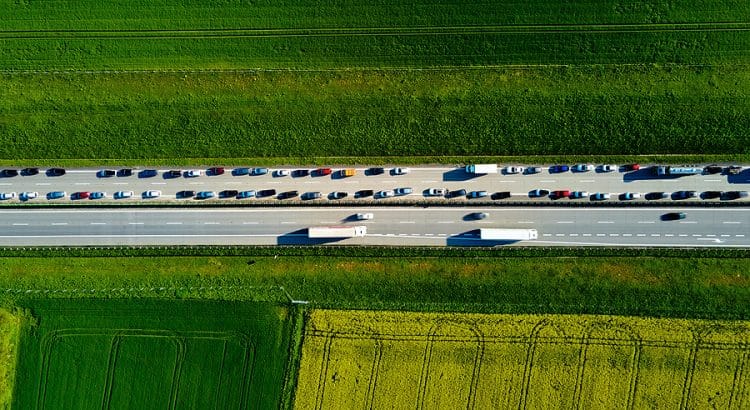Cell phone carriers regularly impose limits to reign in heavy data users. A carrier may throttle a user’s data, deprioritize a user’s data, or both.
Throttling limits a user to a specific maximum speed (e.g., 256kbps). Deprioritizing lowers the priority of a user’s data transfer relative to other users on a network. If a network is not congested, lower priority has no effect. When a network is overburdened, deprioritized users experience slower speeds than other users on the network.
Carriers sometimes disclose their policies with statements along the lines of:
Boost Infinite’s Throttle
Boost Infinite throttles heavy users on its unlimited plans to 512kbps. Here’s the disclosure on the homepage:
![]() Boost Infinite is not the only carrier that has used language that describes deprioritization when it ought to be disclosing throttling. I’m partly picking on Boost Infinite because it’s the most recent example I’ve encountered. But Boost Infinite further frustrated me while communicating about its policy on
Boost Infinite is not the only carrier that has used language that describes deprioritization when it ought to be disclosing throttling. I’m partly picking on Boost Infinite because it’s the most recent example I’ve encountered. But Boost Infinite further frustrated me while communicating about its policy on Twitter X.
The most bothersome message from the Boost Infinite account has since been deleted. Here’s roughly how I remember it:
I like to think of it like traffic. You can travel however far you want on the highway, but if there are lots of other people, it will take a bit longer to get to your destination.
Throttling is different. If your car is forced to stay under 1 mile per hour, there’s an explicit upper bound on how far you can travel in a month. You’re probably not going to bother with a trip from New York City to San Francisco.
An Exception?
While writing this post, Joe Paonessa of BestMVNO.com alerted me to reports of Boost Infinite subscribers not being throttled when accessing Dish’s network.
Boost Infinite’s service almost always piggybacks on AT&T or T-Mobile’s network. However, Boost is owned by Dish. A fraction of customers using certain devices and living in particular markets can sometimes access Dish’s nascent network.
Across Boost Infinite’s customer base, I expect subscribers are connected to Dish’s network less than 1% of the time. However, there’s technically a possibility of avoiding throttling. Perhaps that makes Boost Infinite’s “may reduce speeds” language more defensible.
But we shouldn’t have ended up in this scenario in the first place. Carriers ought to clearly disclose their throttling and congestion-management policies. Consumers should be able to make sense of their cell phone plans’ policies without connecting the dots between random Reddit posts, reports on Twitter, and posts like this one.

